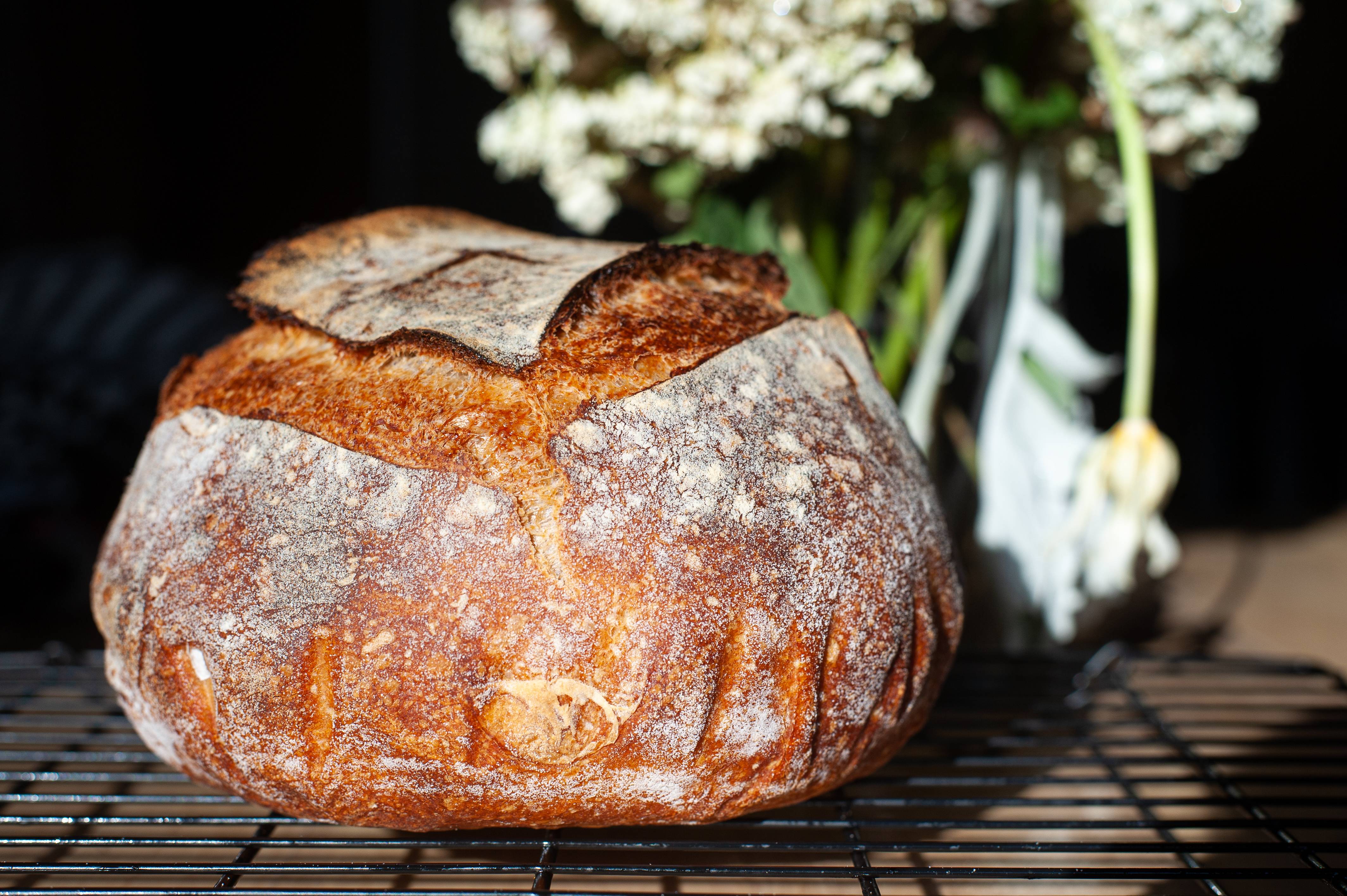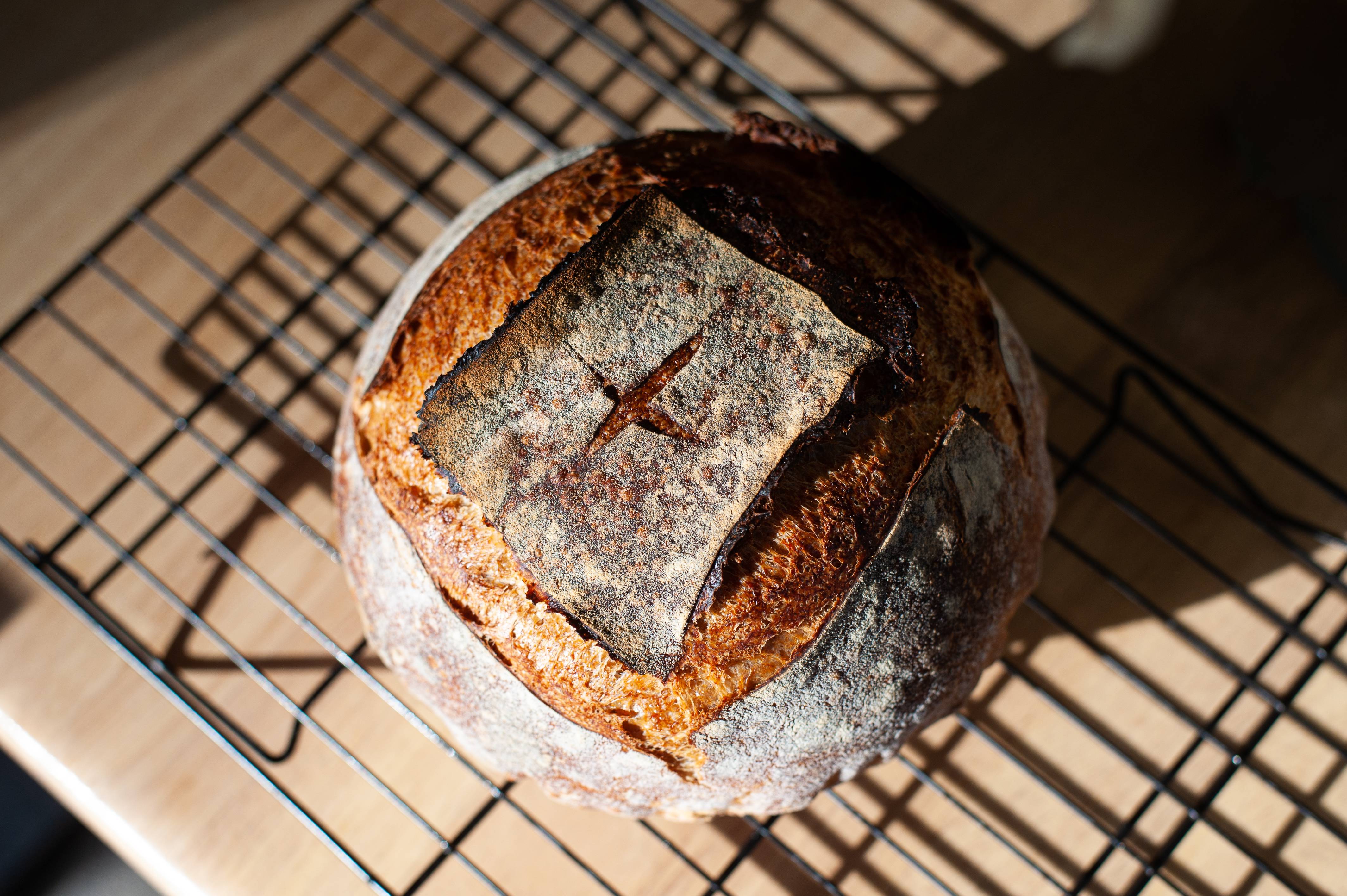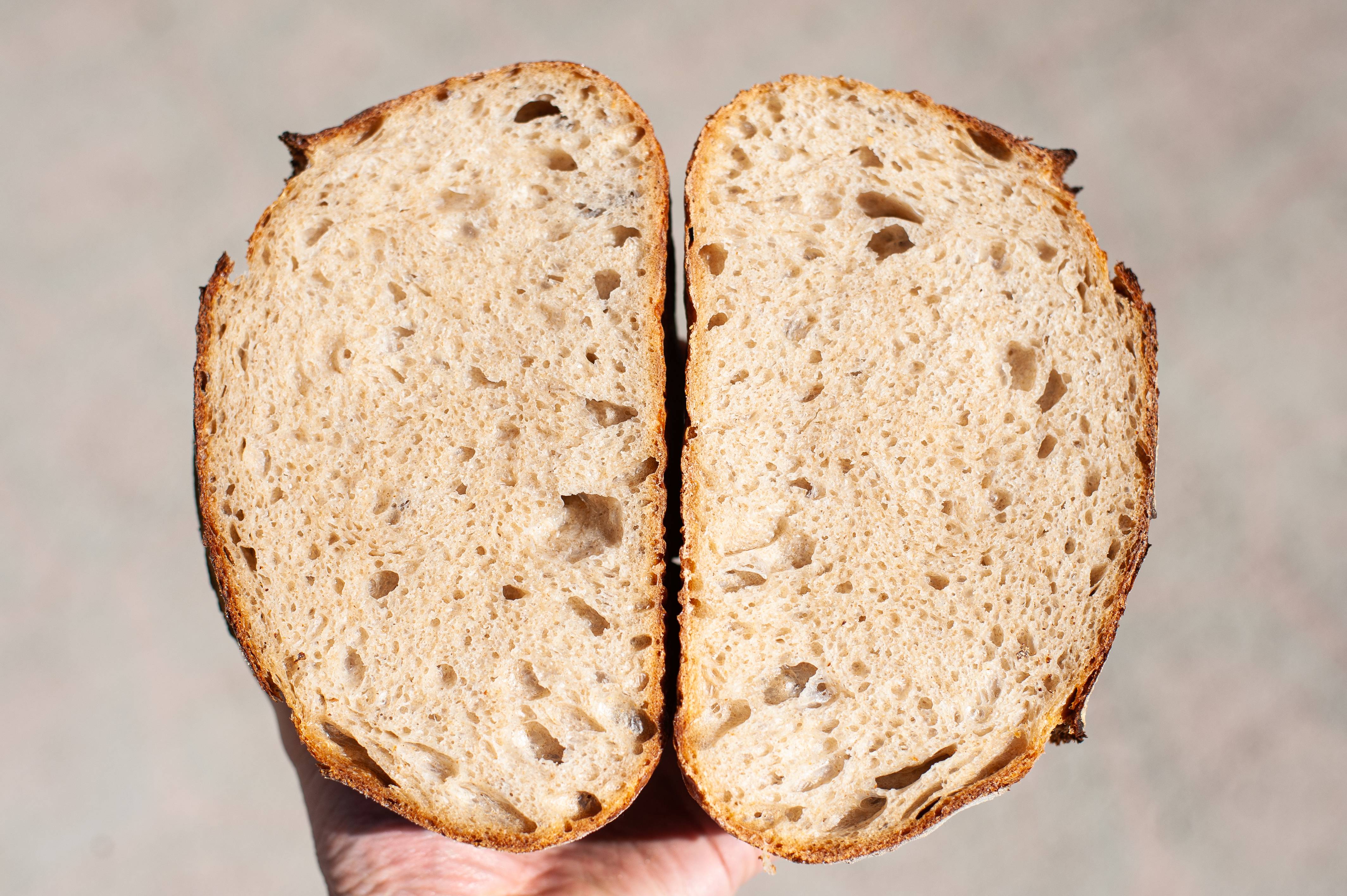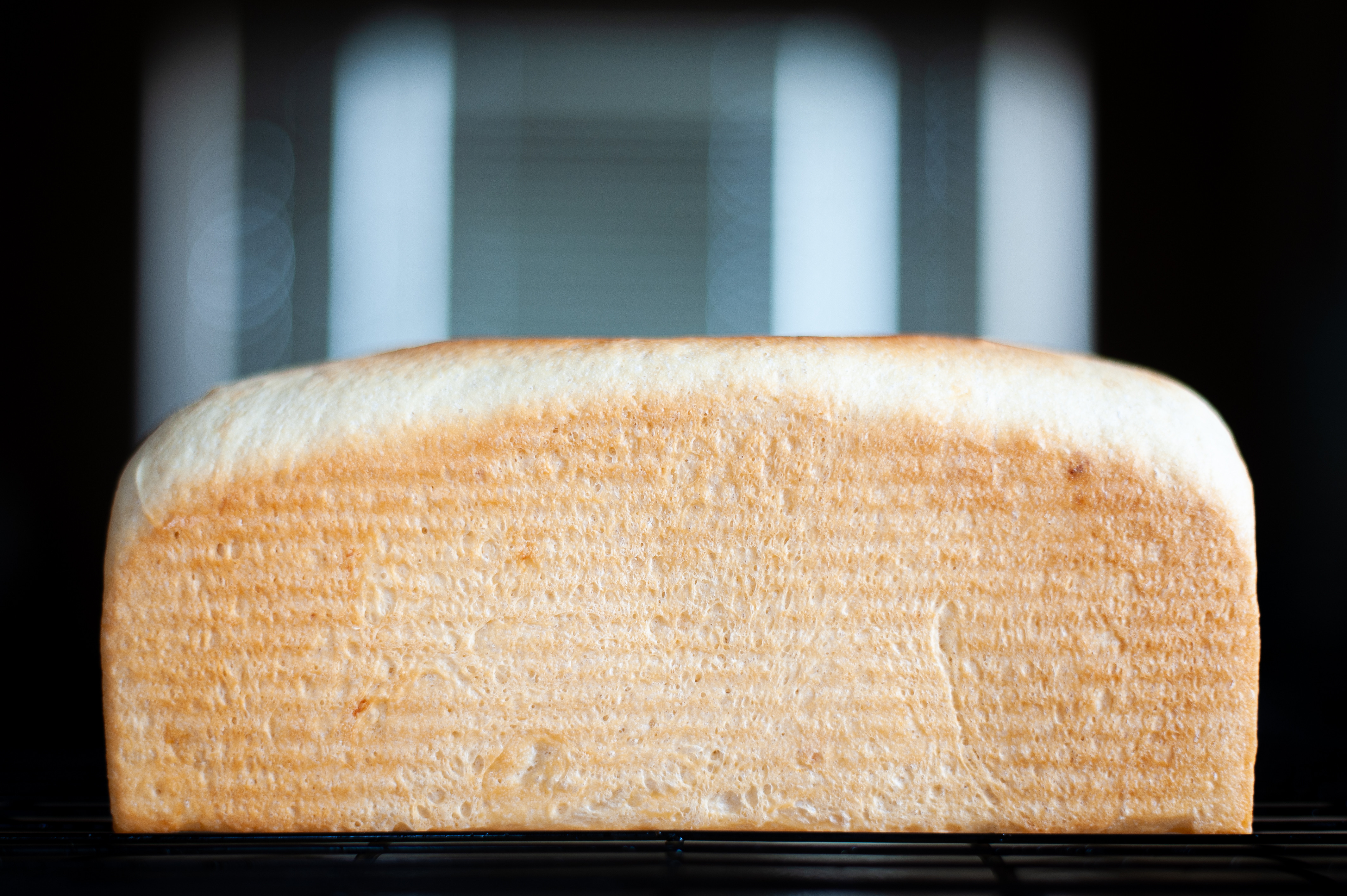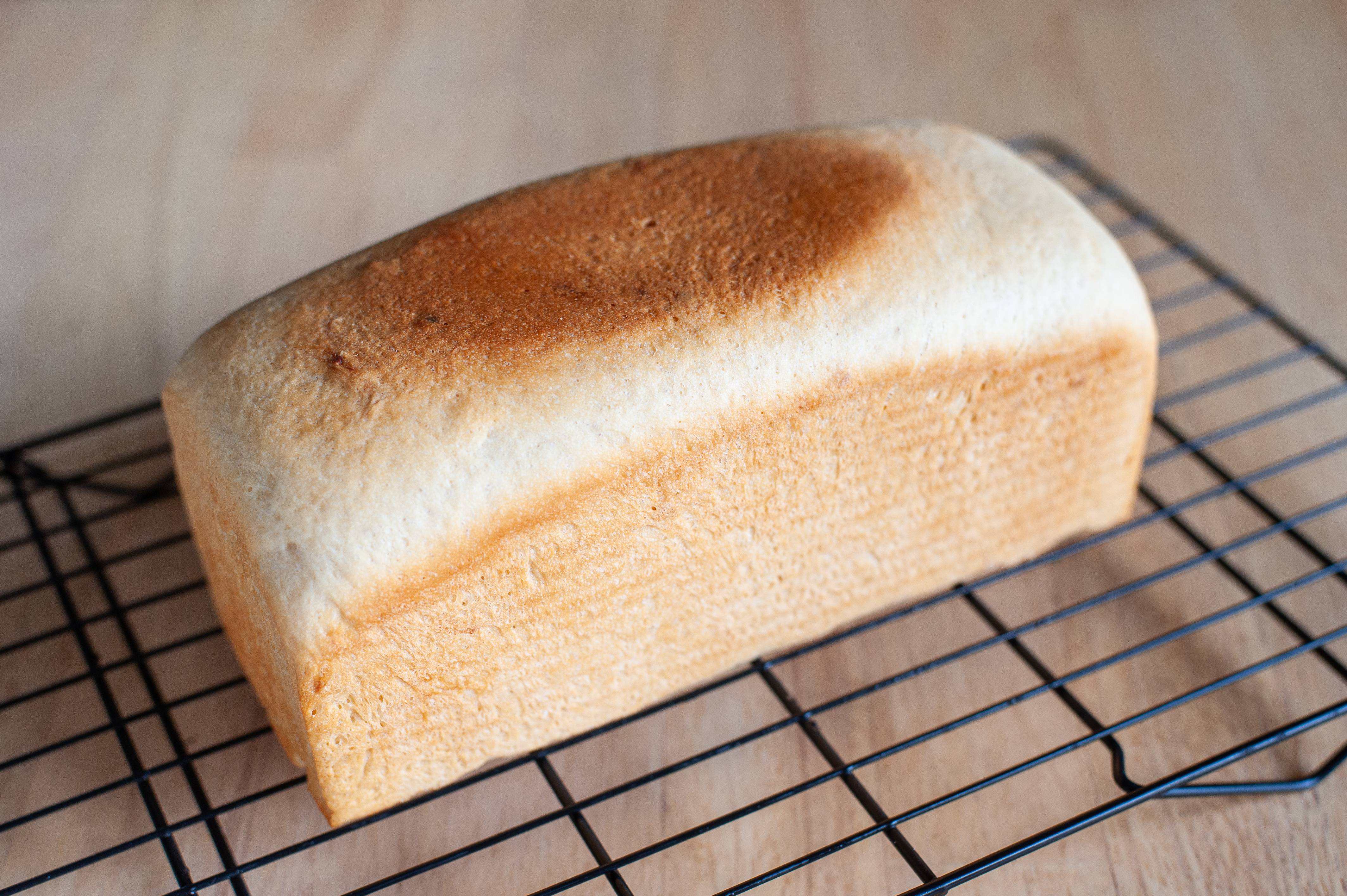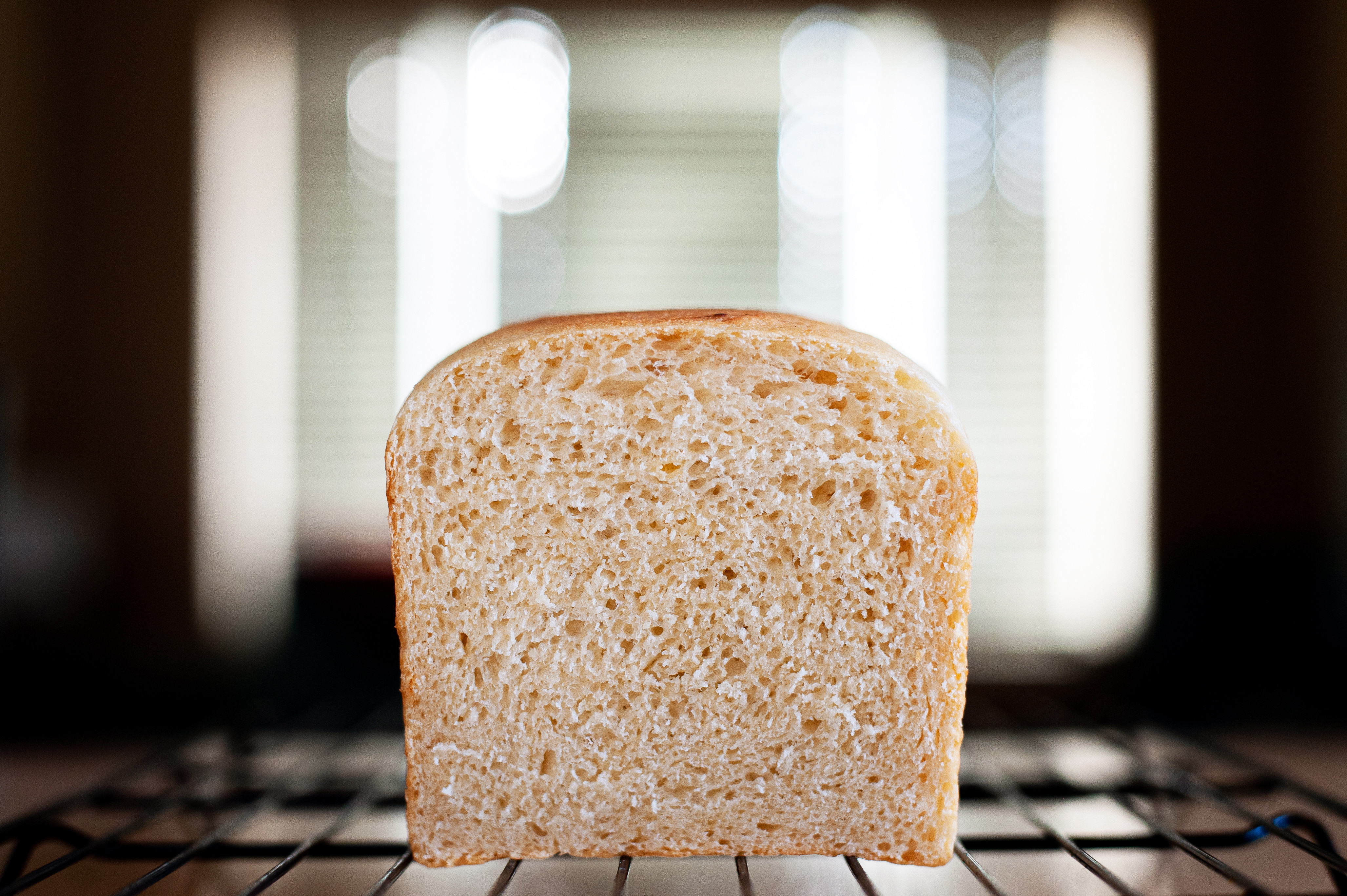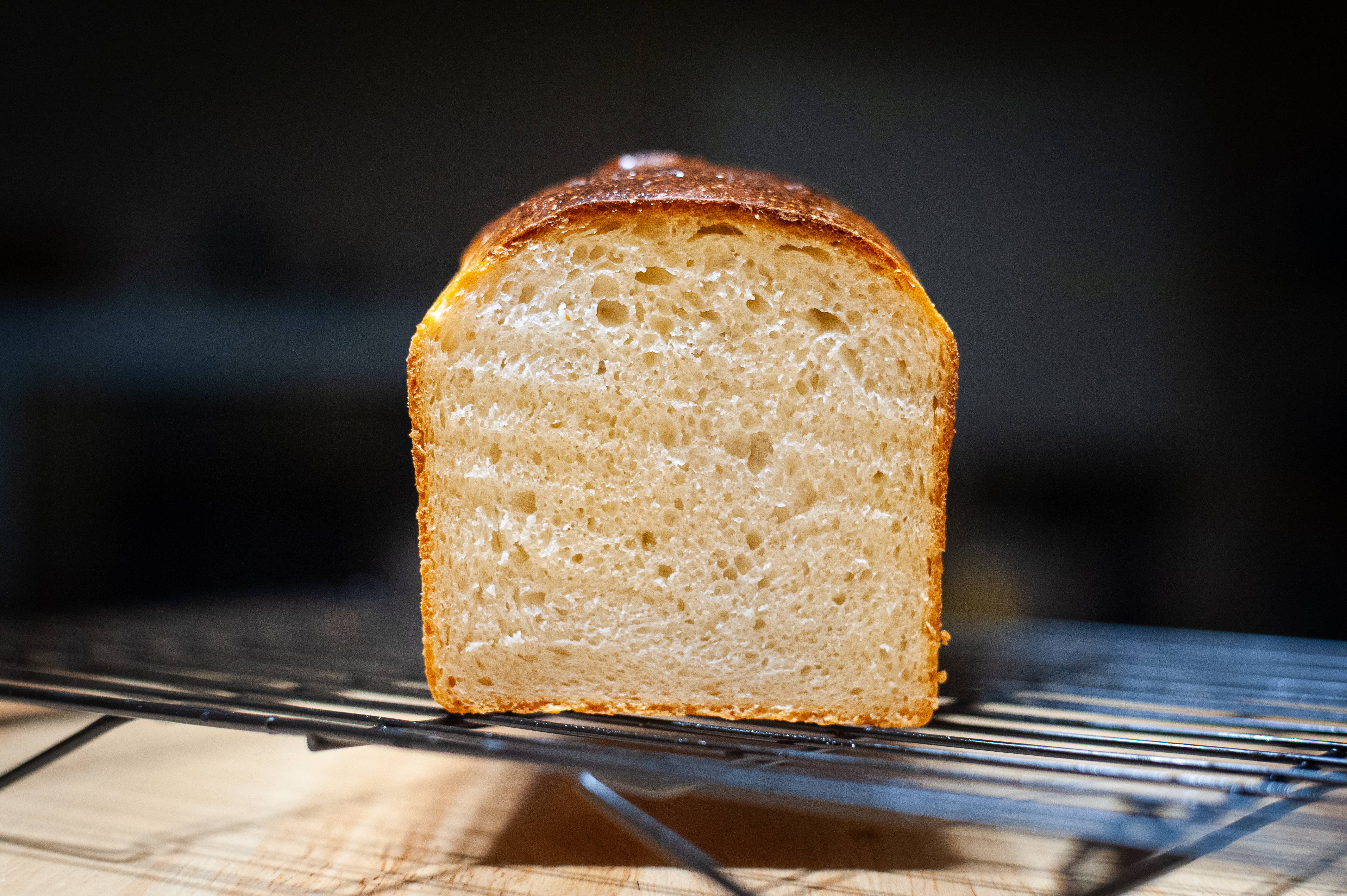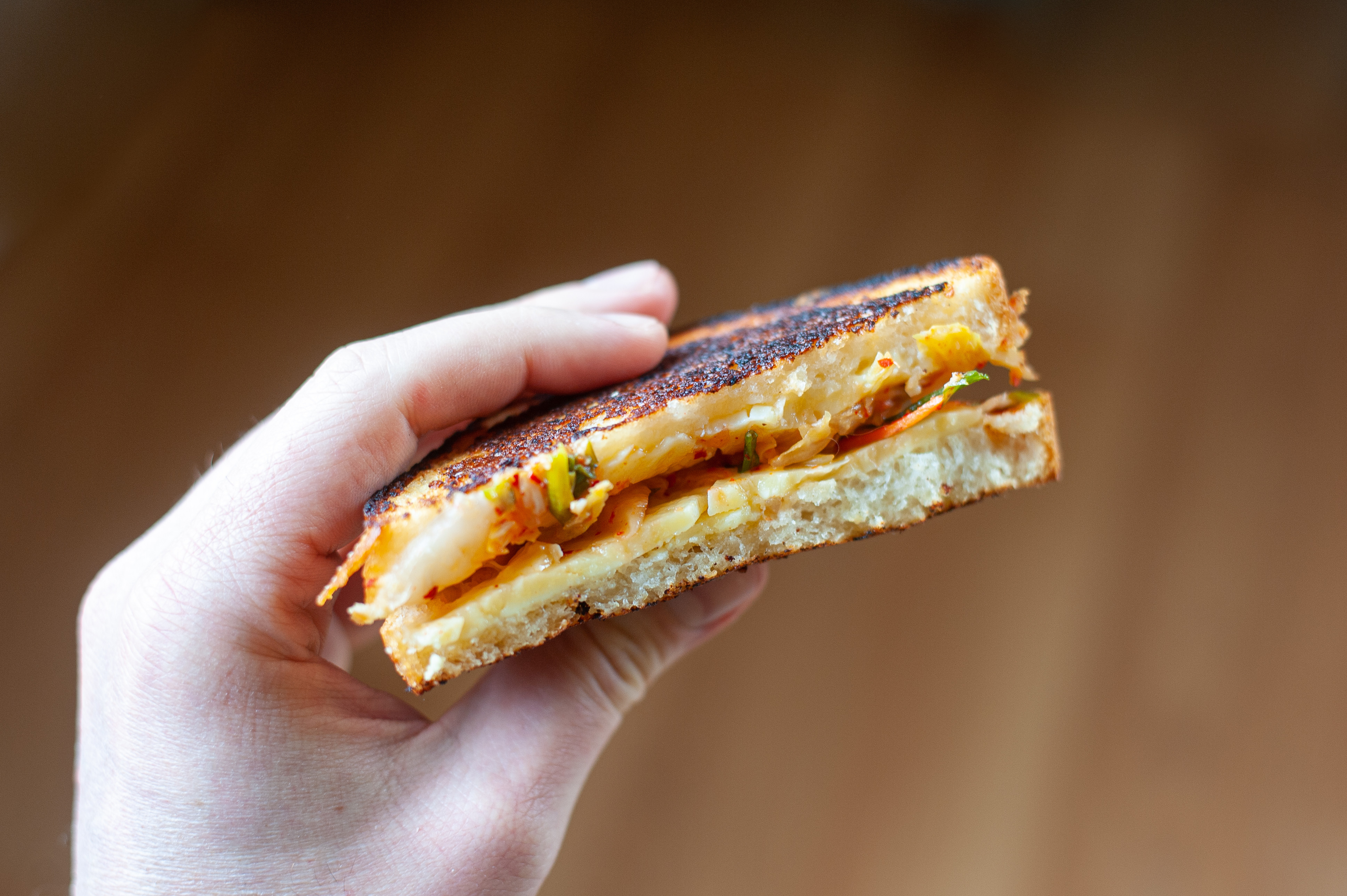applescrap
Be the ball!
Yeah, I came to that amount looking for a rich brown color with long fridge ferments. Will have to give less a try next time. King arthur calls for 1/2 to 1 tsp per 3 cups and modernist pantry 1tsp per cup. Maybe I was using 1 tsp per 2 cups, cant recall. Really wanting that rich brown color in my pizza after dough sat 10 days.
When I use it, it's at 0.1%, and that works out to less than 1/8 tsp per pound of flour. Even at that rate, the effect can be dramatic. I wouldn't go anywhere near a tsp per cup. But British home bakers are fond of multi grain flour with some flaked malted wheat in it, so maybe it's possible to use more. But not 100%. You know how quickly your grain converts and dissolves away in your mash! In fact, just the slightly higher amylase level in rye flour compared to wheat flour is what makes it impossible not to have a problematically sticky rye dough which actually converts and liquifies in the oven before the starch can gelatinize and set the crumb, unless the amylase is controlled by the acidity of a sourdough. And finally, barley does not even have the suite of proteins needed to form a gluten structure. So just brew with the malt.














































